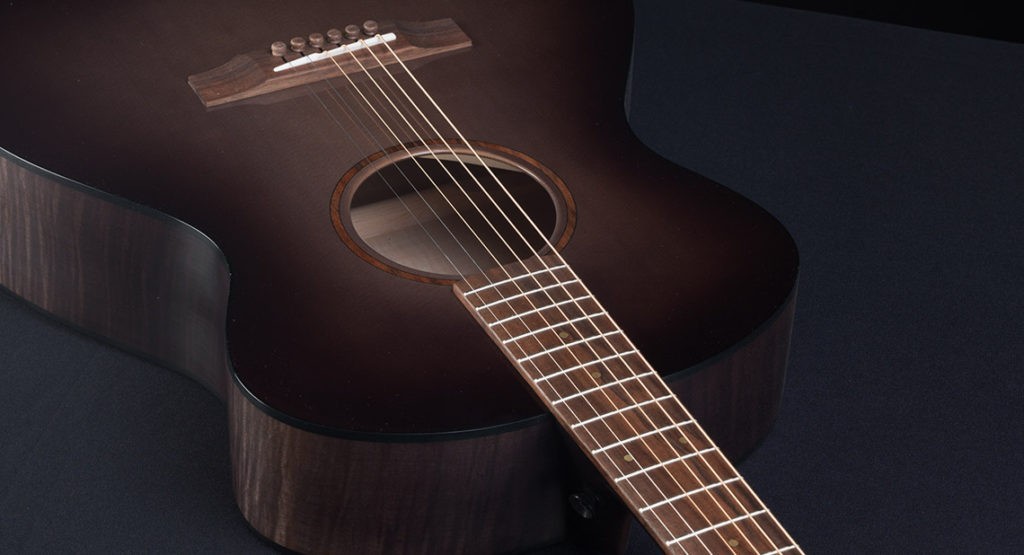Artist Maurice Arenas tips for improvisation and the blues

FROM TRUEFIRE.COM
Maurice Arenas is a classically and jazz trained musician with over 40+ years of playing experience (Maurice has played guitar since the age of 4) and has over 25 years of teaching experience. In his 20s he was a full time NYC studio musician and Broadway pit musician and has played session work on various projects that included a diverse palette of styles and genres including Classical, Flamenco, Traditional Jazz, Fusion, Rock, Electric Blues, R&B, Funk, Latin, Shred, Acoustic Blues and Folk, Fingerstyle, Country and New Age guitar.
Arenas has recently been involved in the creation of two educational segments to help players improve on their technique and playing for improvisation and the blues:
Maurice Arenas’ Sequences & Patterns for Improvisation
Sequences & Patterns for Improvisation is a crash course for guitarists focused on fundamental theoretical methods of improvisation such as sequences, parallelism, line clichés, symmetrical patterns, encapsulation, rhythm and rests, arpeggios, and various forms of chromaticism.
Maurice Arenas is a veteran NYC studio musician with over 40 years of playing, performing and teaching experience. After acquiring a Bachelors and a Masters Degree in performance and composition, Maurice moved to NYC and started working in Broadway orchestra pits and recording sessions for radio, television and for up and coming artists. We’re excited to welcome Maurice to the family with his first self-produced TrueFire Foundry course, Sequences & Patterns for Improvisation.
”The first section of the course focuses on the pentatonic scale, which is explored in degrees by groupings. After groupings are introduced, then the addition of rests and/or syncopated rhythm is added to share the diversity of using one grouping. The end of the chapter shows an example of mixed groupings and how I use it and practice it.” Read more.
Playing The Blues With The Dominant 6/7 Arpeggio
As guitarists we are consistently working on our soloing skills with the pentatonic scale, the blues scale, various modes and more, but one sound we should definitely get very acquainted with is the Dominant 6/7 arpeggio.
How is the Dominant 6/7 arpeggio formulated? It is constructed by building a chord as follows: root, major third, perfect fifth, major sixth and lastly minor seventh. For a G6/7 the notes you get are: G B D E F. For a C6/7 the notes you get are: C E G A Bb. Why learn this arpeggio? Because the sound is so strong, it is found in virtually almost every American style of music. Whether it is blues, country, funk, jam band rock, jazz and fusion, this tonality is utilized by professional musicians to the max due to the fact that it sounds so good! How would I practice this? Well I would learn all the first 6 examples and from there I would use them on the first eight bars of the G blues.
Please be mindful of knowing that the G7 licks must be played over the G7, and the C7 licks must be played over the C7. If your ear is real strong and you’re a slick blues player you can even make them overlap, but it’s kind of tricky at first. Read more.
